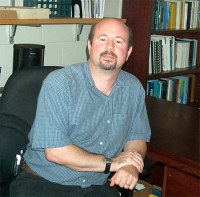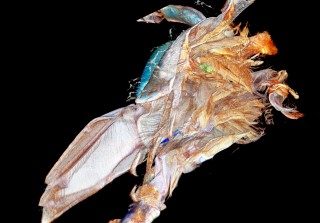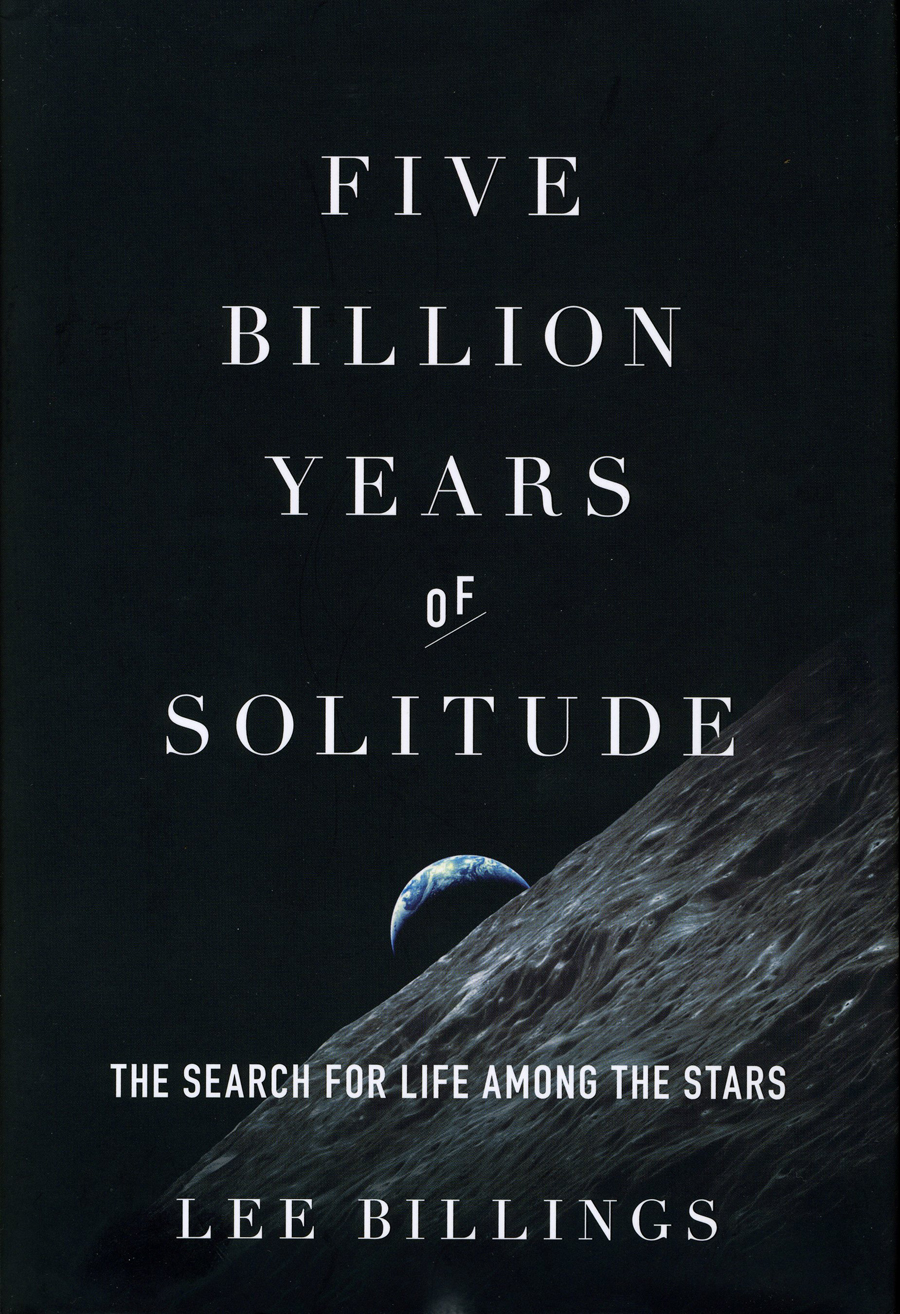The goal of most university faculty is to publish their research in a peer reviewed journal. This brings notice among their peers, sometimes fame and sometimes just a nod. Rarely, in the complex science, technology and engineering world of today, does a journal paper elicit much notice outside of the specific academic discipline.
 Even when I write a news story about a published paper, fame is usually very brief, no more than three to five days and the researcher goes back to the lab and ongoing work. Andy Warhol’s 15 minutes of fame is usually spot on.
Even when I write a news story about a published paper, fame is usually very brief, no more than three to five days and the researcher goes back to the lab and ongoing work. Andy Warhol’s 15 minutes of fame is usually spot on.
But sometimes, for good or bad, a paper has a more sizeable impact. No one knows this more than Michael Mann, Distinguished Professor of Meteorology and director, Earth System Science Center here at Penn State. Long, long ago, on April 23, 1998, Mann and Raymond S. Bradley, University ofMassachusetts, Amherst, and Malcolm Hughes, Laboratory of Tree Ring Research, University ofArizona, published “Global-scale temperature patterns and climate forcing over the past six centuries” in Nature, the foremost British science journal. I’m sure none of these men thought it was that unusual a paper. But it was.
Out of that paper came more than a decade of discussion, anti-global warming warfare and personal attacks as well as the certainly recognizable “hockey stick graph.”
 The hijacking of e-mails written by Mann and others in the climate field by still unknown hackers, heated up attacks and brought the general public, advocacy groups on both sides and anti-global warming anti-science groups out in force.
The hijacking of e-mails written by Mann and others in the climate field by still unknown hackers, heated up attacks and brought the general public, advocacy groups on both sides and anti-global warming anti-science groups out in force.
Lofty bodies as diverse as the U.S. House of Representatives, the National Academy of Sciences, the U.S. Senate and Penn State among others investigated Mann, his research and in every case agreed that the research was solid. Not that this served to end the attacks. Because Mann once worked at a Virginia university, Virginia’s attorney general, Ken Cuccinelli, began a witch hunt against climate scientists and specifically against Mann.
The travails of anti-climate science attacks are chronicled in Mann’s book, “The Hockey Stick and the Climate Wars: Dispatches from the front lines,” (Columbia University Press, 2012).
So, Michael Mann became famous, gave testimony before Congress, interviews to myriad print publications and appeared on TV. He also had YouTube video animations that made fun of him and was called every name in the book. Through all this, he continued to do research on global warming and climate change, publishing papers in Nature, Nature Geoscience and the Proceedings of the National Academy of Sciences for example. In 2013, the University named him a Distinguished Professor.
This month, Bloomberg News announced it’s top 50 most influential people. They divide the 50 into Bankers, Money Managers, Policy Makers, Power Brokers and Thinkers. Bloomberg is a business oriented new organization so it is no surprise these are the categories or that 48 of the 50 are either business people, economists or money managers of some kind. The 49th is a U.S. Attorney suing people for insider trading.
Even in the Thinker category, while many are academics, all but one are economists. Only Michael Mann does not fit this description, but he is one of the ten Thinkers, and cited for responding “to climate change deniers on his RealClimate blog.”
So, there’s fame, and then there is fame. Not all publicity is good publicity, but if one is willing to slog through the stinking marshes, maybe, just maybe you can come out the other side smelling like a rose.








